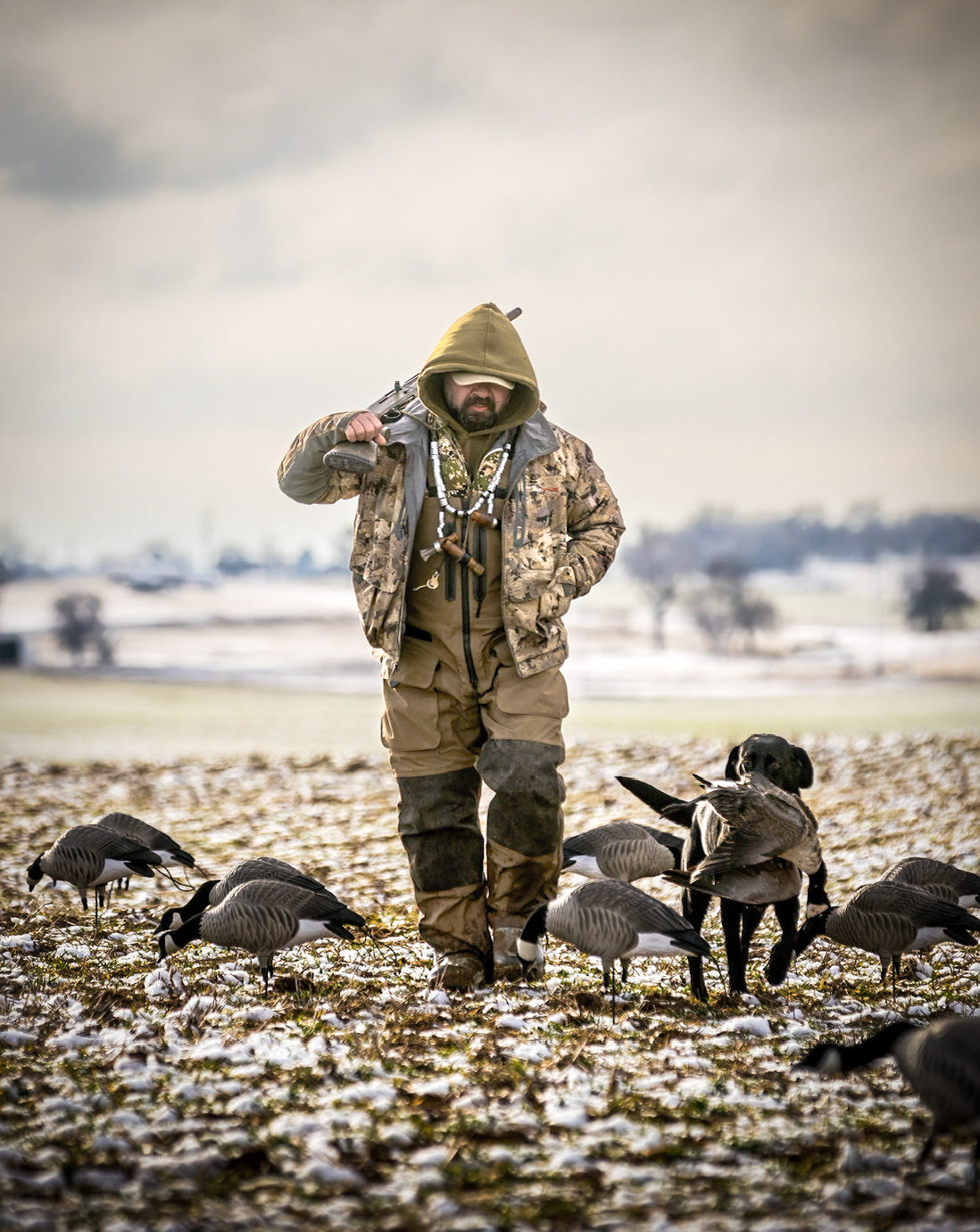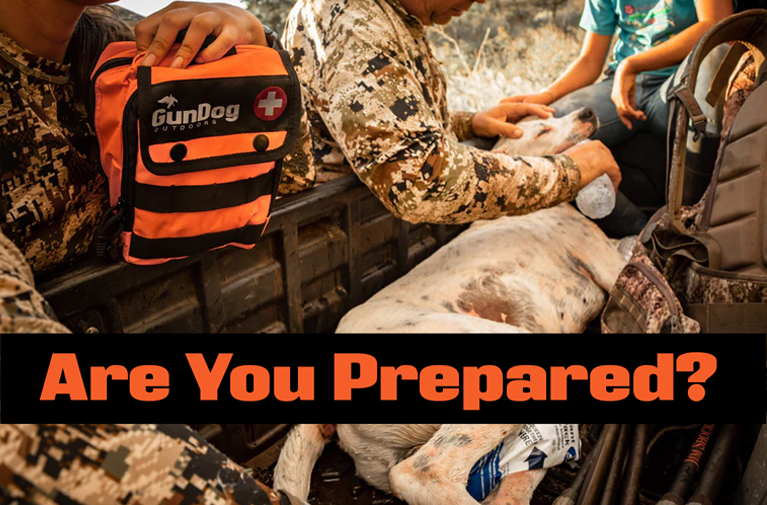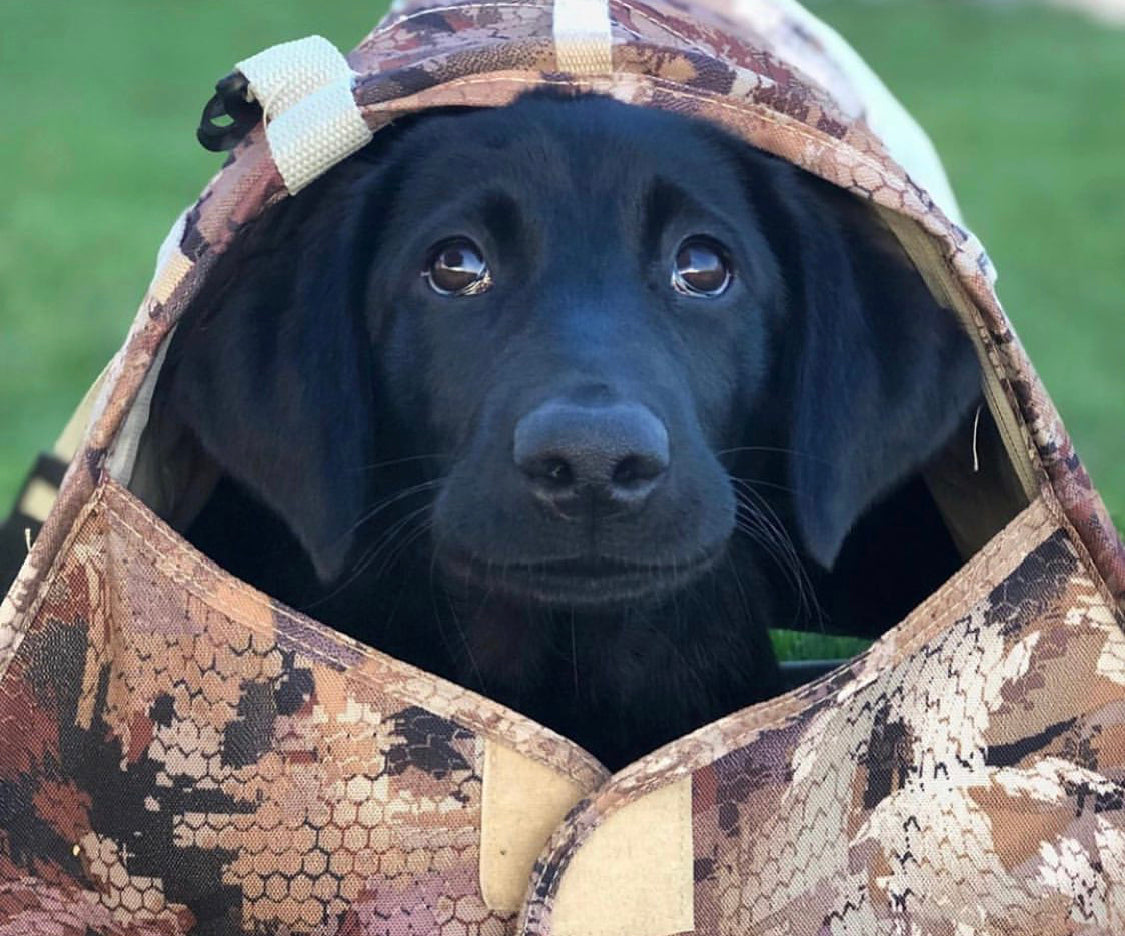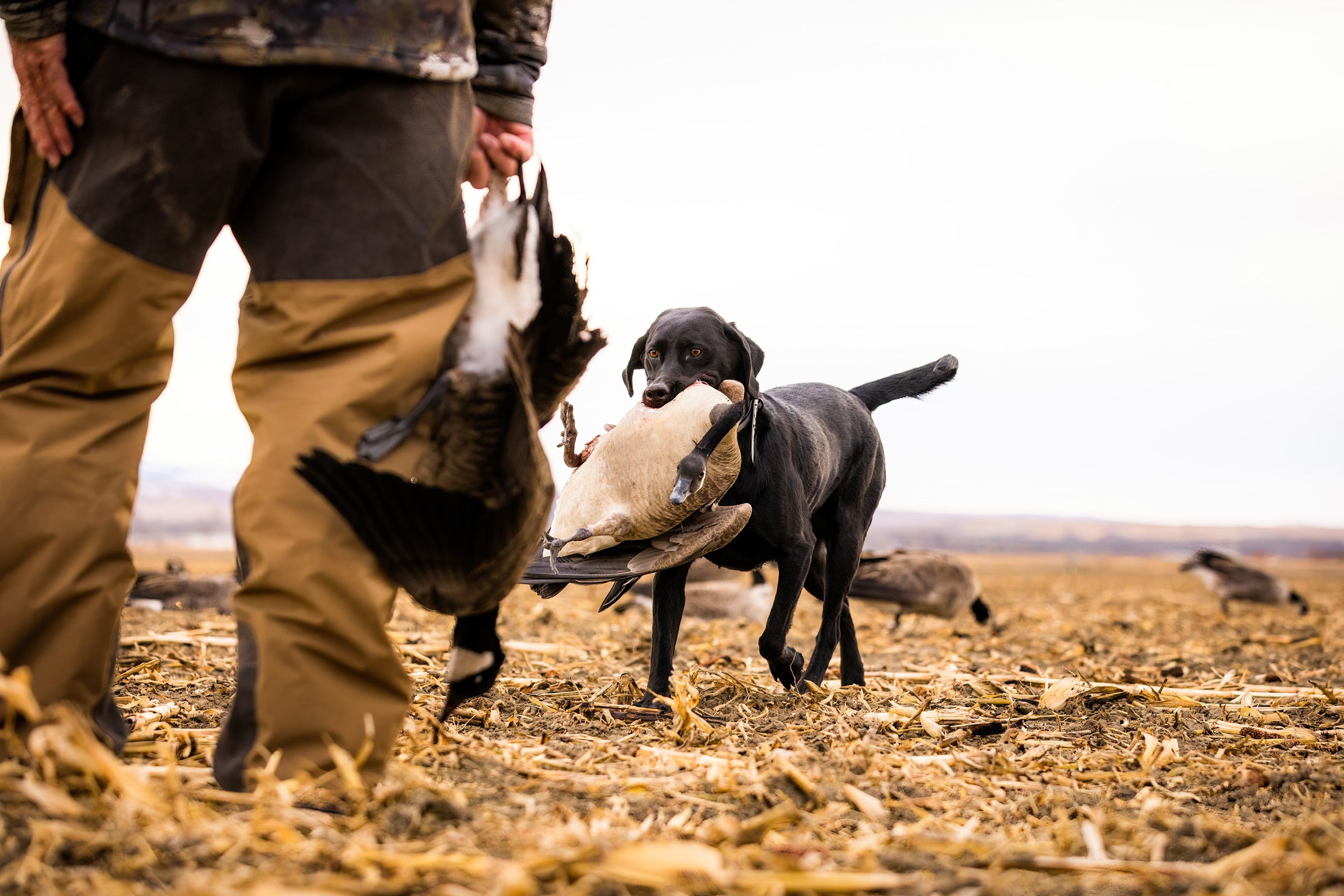5 SOLID TIPS ON TRAINING A NEW PUP

Training a new pup to become a solid contributor in the duck blind or goose field is a long, continuous journey that takes practice and real life experience to really develop a rock solid gundog. I feel the most important part in that period is the first couple months of his or her life. This is where you teach a dog to learn and to give it the same drive and love we have for our sport. If you can accomplish this early in the developmental stages, you will light a fire in them that any professional dog trainer would love to fuel
TIP 1 - Teach your new pup it’s name and make sure it comes to you immediately.
This is something you can do from day one. It's real simple to do. In an excited voice, call your pups name lightly clapping your hands. As it gets to you, reward it with heavy praise with excitement. If your dog ignores you, try running away from it calling his or her name excitedly, again clapping your hands. As it follows you, turn around letting it come to you and giving it heavy excited praise when it gets to you. Treats work well in the early stages, don’t underestimate the power of hunger. If none of this works, a long check chord works well by gently pulling the pup back and praising it when it gets to you. Eventually you won’t have to touch the check chord and can remove it entirely.

TIP 2 - Teach your dog the basic commands.
You need to teach your new pup commands you will use and they will have to follow, his or her entire life. “SIT, LAY DOWN and STAY”. Those are the three most important commands besides “here” or “come”. Start with short training sessions, gradually building to longer ones. You should be training constantly at an early age, several short training sessions a day. Within weeks of daily training you can have your pup listening to you and obeying them as best as a pup can do. When you tell your pup to stay, you want it to stay for as long as you tell it to, not stay until you turn your head and it sneaks off looking for something to chew on. Start with short sessions. Make it stay for 10 seconds and then give it a release command “FREE,” “RELEASE,” whatever. It is important to give your pup a release command. Something that tells that pup, okay you are free to get up. Each day work on longer times. You should be able to tell a dog to stay and lay down until you release it and this is how you get there. If you don’t enforce your commands you will quickly teach a pup it can do whatever it wants. A good solid “NO” with a finger in its face will quickly get the point across. Puppies have great sense of your mood by the tone of your voice and your body posture.
TIP 3 - Teach your dog to love to fetch.
Your pup naturally wants to put things in its mouth and chew on them. Find a small stuffed animal or dog toy and get them chewing on it and playing with it. Take it from them excitedly and throw it away from them. Most likely they will run, grab it and come back to you. Take it from them excitedly with lots of praise and throw it again. You might only do this for 2 or 3 times the first time. A puppy’s attention span is very short when they are young like that, they can get bored really fast. The trick is to stop before they get to that point. Get them excited every time they fetch and leave them wanting more. If you find a toy they love playing with, use that, but only use it during “fetch training”, then put it away. If your dog will not come back, start in a narrow long area like a hallway, to where the pup has to come back to you. This will quickly teach it to come back. You can also use a long check chords and gently pull the dog back. By doing this over and over at a young age it will enhance an already natural instinct to retrieve.
TIP 4 - Teach your pup to use it’s nose.
That most northern part of a dog is the most powerful sense that it has. According to some website I looked up, the Labrador retriever has the 5th most powerful nose of all dog species. Scientists say their sense of smell are 10,000 times stronger than ours. Teach them to use it at a young age. Play a game of hide and seek. Place something they want like their favorite fetch toy, into something that can hide it, like short brush, grass, whatever, and tell them to “HUNT IT UP” or “DEAD BIRD”. A command of your choice that tells him or her to find that object. Start by placing it easy to where the pup can see you throw it in the brush and say your “HUNT IT UP” command. You can graduate to a game where you don’t let him see you throw it and you make him walk through that brush or grass looking for it as you tell him to “FIND IT”.

TIP 5 - Give your pup as much life experiences as you can. It is so important to give your dog confidence. You need to take your dog as many different places as you can. Go on long rides, get it use to being in your truck for the 12 hour drive to Canada. Go around other dogs and allow them to play with other dogs. Everyone has a hunting dog and if your dog doesn’t play well with others, you will probably find yourself hunting by yourself or one of your buddies who doesn’t have a dog. Teach your dog to love its crate and a layout blind. Teach them to stay and be comfortable in both, bring them in the house and let them get use to them both. Teach your dog to be around loud noises including gunfire. A real simple trick to as you feed it slam a couple pots together (lightly at first) so it associates loud noise with pleasure. Teach it to swim early, get it to love water. Give it warm baths and play with the toy in the warm tub if its too cold outside.
There are so many little things that are so important in the early developmental stages, but what I basically comes down to learning how to learn and applying it early in its life. Wayne Gretzky “The Great One” started skating at the age of three years old. Kobi Bryant was three when he told him mother he was going to play professional basketball. Tiger Woods was 3 when he appeared on television and putted against Bob Hope. All these amazing athletes along with numerous other athletes, musicians, and performers started very young, and they achieved greatness. Teaching your dog how to perform in the way for which they were bred for will give you more satisfaction than almost anything you can experience in our world of cattails and wet dogs.








1 comment
It’s important to note that all puppies have different personalities and we have to adjust to there ability to take in experiences such as loud noises and training right from wrong !!! Great advice!!!